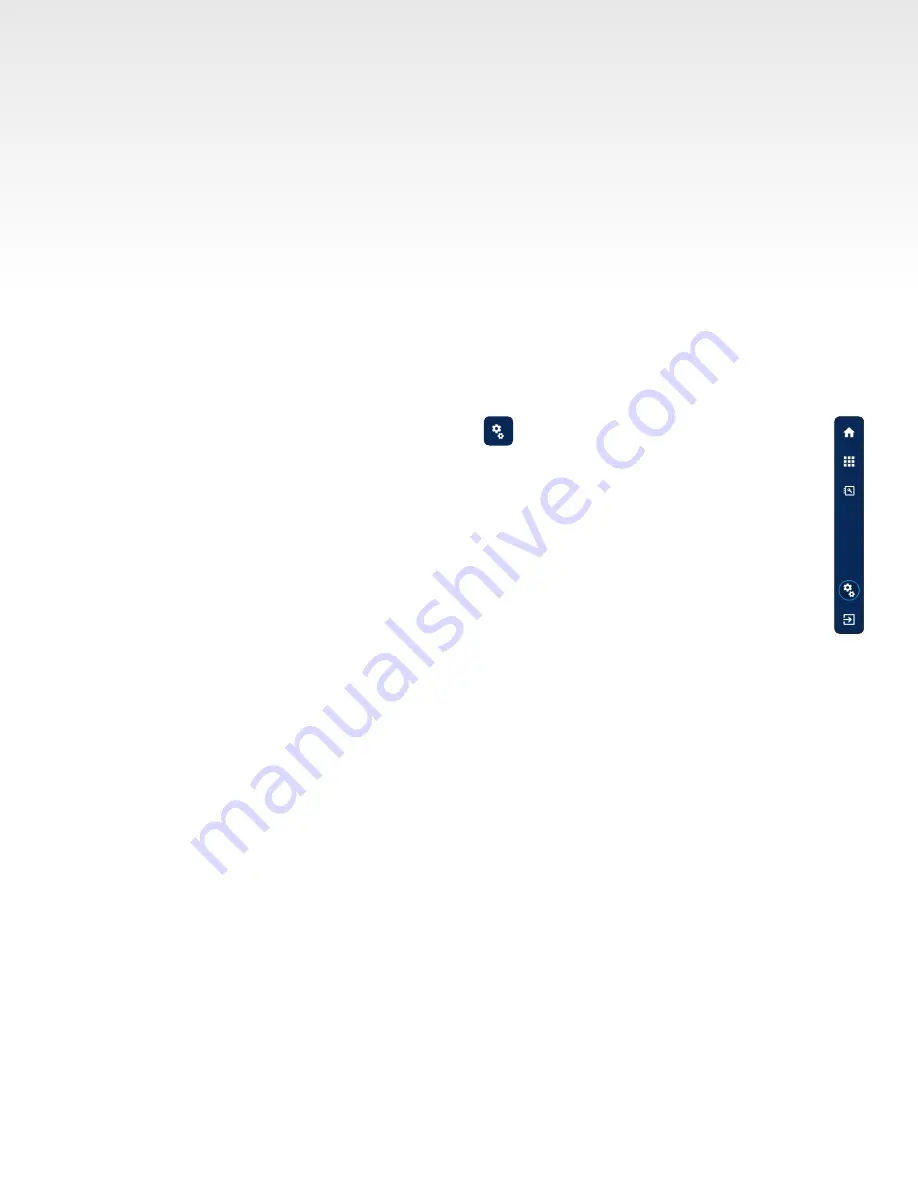
Azure Imaging System User Manual
Page 16
• Copy a region of interest on a single channel image. After selecting another image of the
same size, use the paste option to overlay the copied image.
• Clear clipboard erases the saved image done with cropping or copying so you can select a
new region.
3. Transform – rotate a small amount (best for adjusting slanted images), rotate left, rotate right, flip on
the horizontal, and flip on the vertical in order to change the alignment of the image.
4. Resize – customize width, height, and dots per inch (DPI).
5.
Annotations – add a pointer, rectangle, ellipse, line, pencil, or text. Select fill color, line width, and text
properties. Undo and redo with buttons below.
6. Info – gives detailed information about image in view. Displays the parameters for image acquisition
including date & time, capture type, light source, exposure time, filter position, aperture, focus, bin
level, calibration, software version, and comments.
7. Use to scroll between images in the gallery when you have taken multiple images.
4.3 Settings
You can reach the Settings at any time by clicking .
1.
General
•
Dye List – can re-name and select Emission Filter (595/55, 513/17, 527/28, 684/24,
710/40, 832/37) and Excitation Filter (Chemi/None, 302, 365, 472, 524, 628, 658, 784).
Can also select the sample types that can access these dyes (choose any number of Chemi,
Fluorescent, Protein Gel, and Nucleic Acid).
• Select File Saving Settings. Can choose to enable autosave and/or saving a
publication image.
•
Simulation Mode allows you to run the software even if not connected to an Azure Imaging
System.
•
Single Imaging Mode allows you to select the number of images in cumulative. The default is 10.
•
Auto-Exposure
•
Rapid capture will enable you to get an image and quickly calculate an optimal
exposure time.
•
Wide dynamic range will calculate an exposure time that will give you the widest dynamic
range without saturation.
•
Overexpose – calculates an exposure time that will enable you to see faint bands.
2. Create Darkmasters – Darkmasters are usually factory-made, but it’s possible to make your own.
Enter exposure times for each set of master images (from 1 to 60 minutes). Can enter comma
separated list of exposure times for multiple groups of master images. Under More Options, can
create one individual darkmaster image. Select BIN, speed, exposure, and frames.
•
CCD Temp – this green light indicates the CCD chip has cooled to the proper imaging temperature.
3. Focus Calibration – select Light Source and Tray Type (UVT or elevated).
4. Create Flat-field Image – select Filter Type, Light Source, Aperture Type, Tray Type, and Exposure
Time. Check box to view the image in a Gallery Tab.
5. Change Password – type old password in order to select new password.
6. Manage Users – add, etc, or delete users. You can specify passwords for each one if you choose.

















